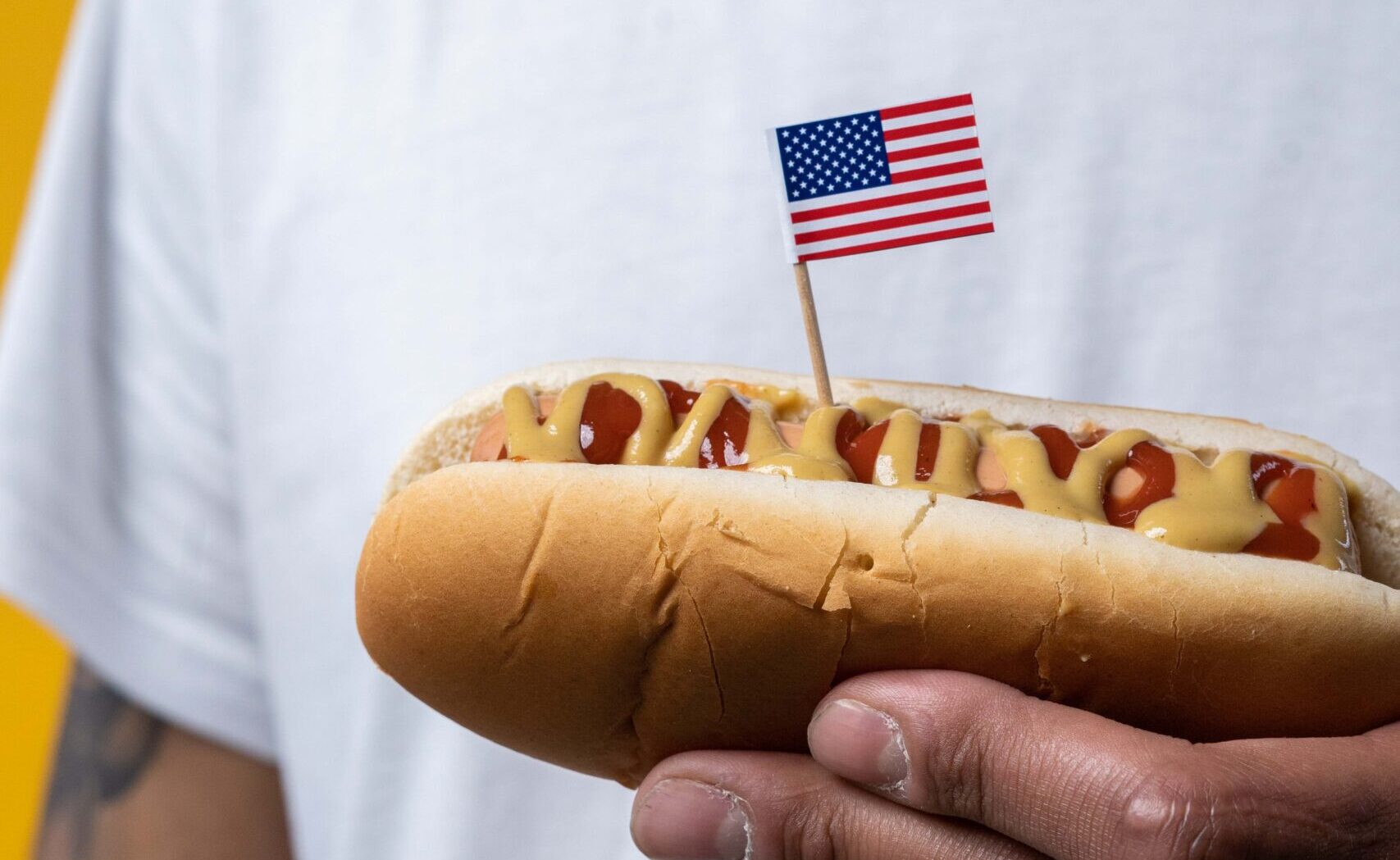It seems like a long way to Thanksgiving but, in a production sense, most plans are already made for turkey production for the Fall. Thanksgiving turkey prices have been a hot topic for the last couple of years as high prices were fueled by reduced production due to High Pathogenic Avian Influenza (HPAI), high feed, other costs, and changing demand. Now, producers have had a chance to respond to high prices by increasing production. Increasing supplies are driving down prices providing some hope for lower prices this Fall.
For the year, turkey production is 3.4 percent greater than last year but that masks that production has jumped even more dramatically in the last 8 weeks. In the last 8 weeks ending July 15th, turkey production is 12.3 percent greater than the same period last year. Last year’s production was greatly impacted by HPAI. Normally, production peaks seasonally in October just in time for Thanksgiving. With the latest June data indicating that poults placed for grow out is 3.5 percent greater than June 2022 and poults hatched were 4.3 percent more than a year ago, it looks like production will remain above a year ago.
The amount of turkey in cold storage increases throughout the year before being drawn down in the Fall. Total turkey cold storage stocks in June were about 6.3 percent above a year ago. It’s important to note that the increase is in breasts and other cuts. Whole birds in storage are about 5.5 percent below last year. While we normally think of the whole birds for the holiday, turkey breasts are an important part of grocery deli sections, sandwich restaurant chains, and other retail outlets.
Turkey prices have declined since the first of the year and are now below a year ago for both whole birds and boneless, skinless breasts. For the week of July 22, 2023, 8-16 pound frozen hens were $1.45 per pound compared to $1.55 per pound the same week last year. Bigger, 16 to 24 pound, toms were $1.40 compared to $1.57 a year ago. The breast market has seen a much more dramatic decline in price, 61.5 percent, from $6.65 a year ago to $2.56 per pound this year.
More turkey production and lower wholesale prices are providing the opportunity for lower turkey prices this Fall. After the last couple of years, that’s some good early Thanksgiving news!



Anderson, David. “Is It Too Early to Talk Turkey?” Southern Ag Today 3(31.2). August 1, 2023. Permalink












